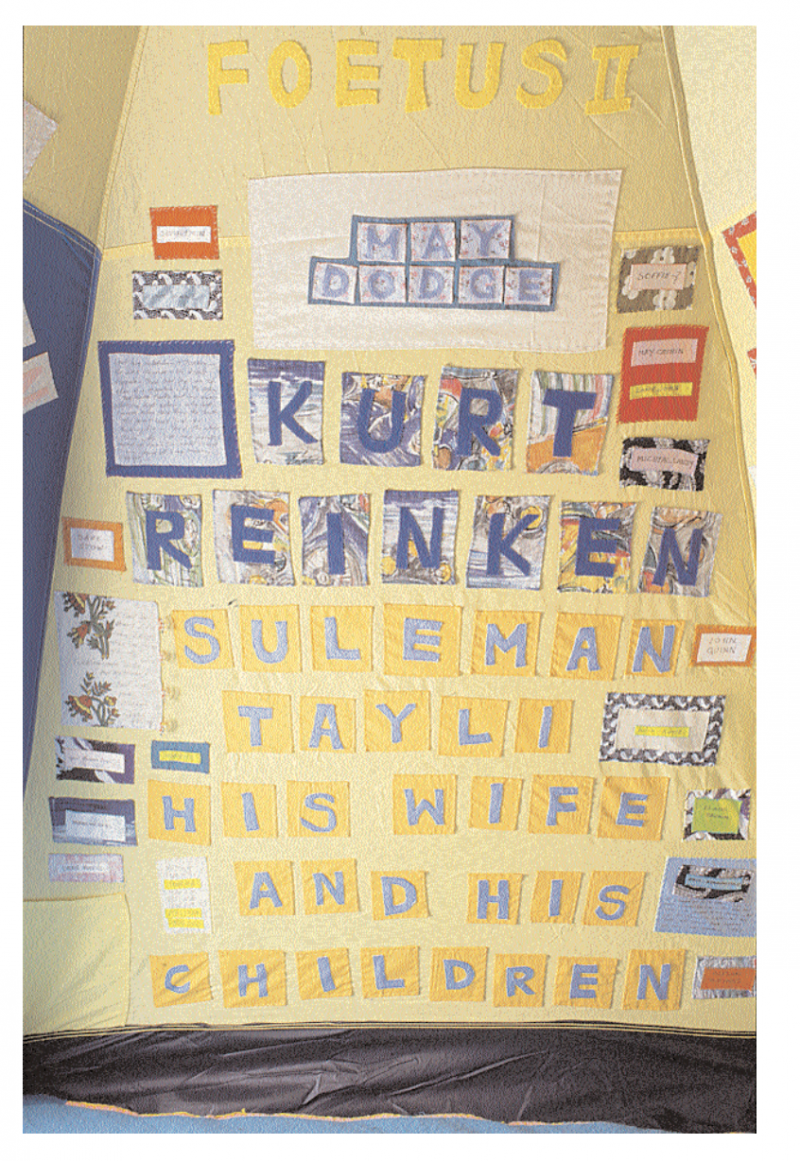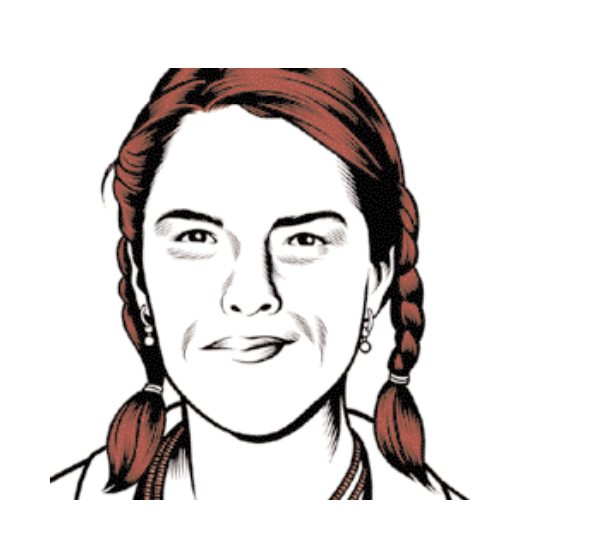Ever since Tracey Emin first shook up the British art world in the mid-1990s, rampaging through it in a fragile drunken rage, she has remained one of the most fascinating and controversial of the current crop of conceptual artists. She has consistently provoked a storm of contention, exposing her body and her inner self with searing honesty in a variety of media.
This year will see two major retrospectives of Emin’s work being put on by the rival top art venues in the UK, the Tate Gallery and Saatchi’s new showcase of contemporary art on the opposite side of the Thames. She also has major shows in Australia, Rome, and Istanbul. Additionally, 2004 sees the launch of her designer luggage with the French luxury brand Longchamp, and the premiere of her first feature film, Top Spot.
Emin’s work has played with the world of words from the beginning, and it has often been through language, as opposed to images, that she’s shocked her critics. She avoids enigmatic titles such as Untitled IX; instead we get And then you left me—Left me cold and naked (1994), a title more substantial than the flimsy print that accompanies it. More memorable perhaps was Emin’s tent, Everyone I Have Ever Slept With 1963–1995, with the names of everyone, from her twin in the womb to countless lovers, embroidered painstakingly inside. As she said in 2001: “It’s my words that actually make my art quite unique.”
Her first published text, Exploration of the Soul, dealt with similar themes. The Tate Gallery called it “a poetic but frequently harrowing account of her sexual history.”
This interview took place one bitterly cold winter evening. Tracey visited me at my home, and while my brothers got drunk, we had the following conversation.
—Stephan Collishaw

Tracey Emin,“Everyone I Have Ever Slept With 1963-1995”, 1995. Appliquéd tent, mattress and light. 48 x 96 1/2 x 84 1/2 in. © the artist. Courtesy Jay Jopling/White Cube (London).
THE BELIEVER: Words have always played an important part in your work. As a visual artist, how do you explain that?
TRACEY EMIN: I’ve always kept a diary and I’ve always written a lot. I write short stories and even when I’m drawing I’ll start off with the title before I start the drawing. Words fill my head far more than images do. And I like the idea of art being about communication.
BLVR: Do you see words and art as being two different media pulling you in different directions? Are they struggling for your soul?
TE: No, I don’t really see it like that, because that’s basically not how people work. A person...
You have reached your article limit
Sign up for a digital subscription and continue reading all new issues, plus our entire archives, for just $1.50/month.
Already a subscriber? Sign in





